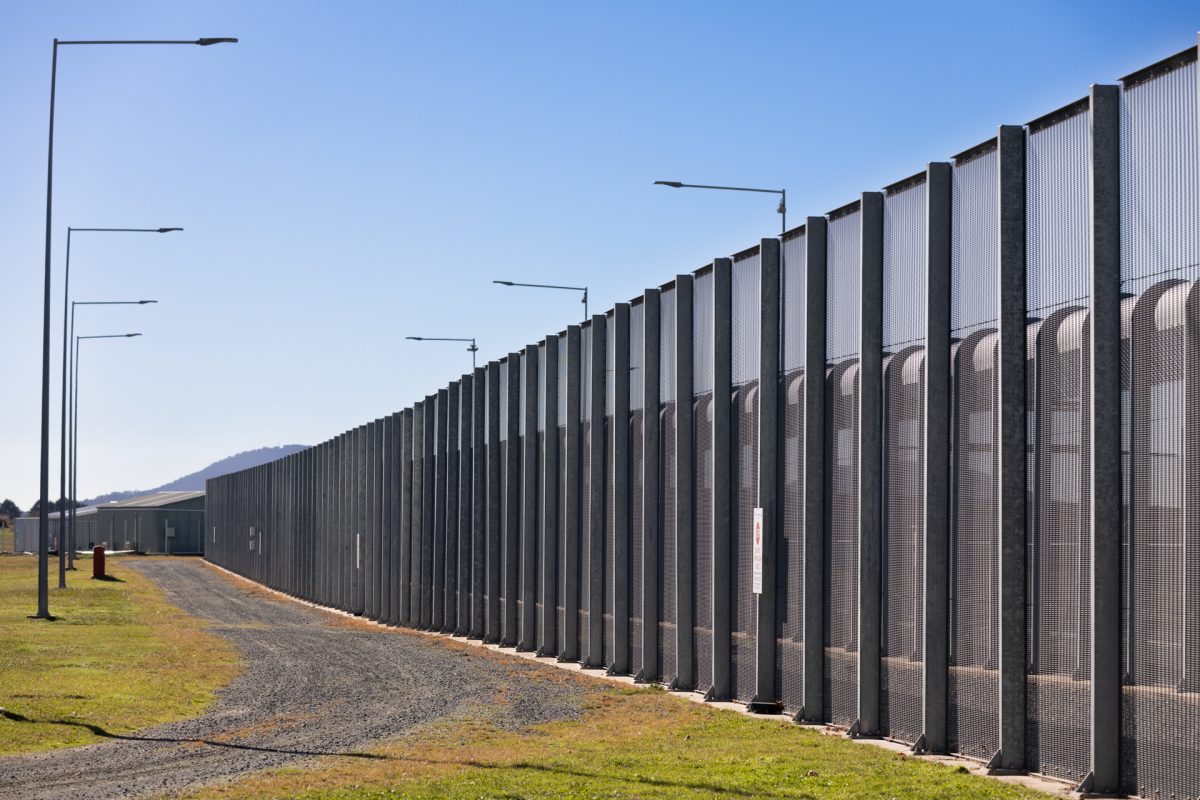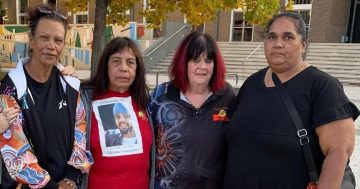
Incarceration rates are increasing in the ACT. Photo: Michelle Kroll.
The average daily number of Aboriginal and Torres Strait Islanders (ATSI) in ACT prisons has increased by 28 per cent in the past three years, according to the most recent Australian Bureau of Statistics (ABS) data.
There were 131 ATSI behind bars in the capital in June 2024, compared with 102 in 2021.
Overall, there are 422 people in correctional facilities in the capital, a jump of 7 per cent. The rate of imprisonment for Indigenous people is 23 times the rate of the general population.
ATSI incarceration rates have been rising gradually for years, a trend ACT Inspector of Correctional Services Rebecca Minty believes needs to be addressed.
“In the ACT, we are doing a reasonable job of reducing incarceration generally, but the problem is it’s at the expense of Indigenous incarceration, where we are seeing an increase,” she said.
“It shows we haven’t got the right response in terms of making headway to reduce the overrepresentation of Indigenous people in jails.
“The recent first-stage report of the Jumbunna Institution into overrepresentation of [ATSI] in the criminal justice system has looked at this issue and provided some insights and a second phase will be important too.”
Ms Minty said we already know a lot of the answers.
“It’s about listening to Aboriginal-controlled community organisations and resourcing them to provide what they say they need, like bail support and diversionary programs,” she said.
“Prison is the end of the line. We need to look way earlier, to invest resources early on … as far as early childhood supports and education to reduce the opportunity for interaction with the justice system.”

The ACT Inspector of Correctional Services Rebecca Minty wants to see Aboriginal groups listened to more. Photo: Liv Cameron.
Mia Schlicht, a research fellow at the think tank the Institute of Public Affairs, says the ACT is one of three jurisdictions driving the “ballooning” overall incarceration rates in Australia, along with NSW and Western Australia.
“The spike in prison populations across Australia demonstrates the need for urgent, wholesale criminal justice reform to ensure space is available for violent criminals who pose an ongoing risk to community safety,” she said.
“The number of prisoners behind bars is now 30 per cent higher than it was a decade ago … the criminal justice system needs structural reform that acknowledges the difference between violent criminals who pose a risk to community safety, and non-violent offenders whose incarceration provides little safety benefit.”
Last week, it was announced the Federal Senate will launch an inquiry to examine why so many First Nations children are being jailed and what can be done to reverse that trend.
Original Article published by Oliver Jacques on Riotact.




